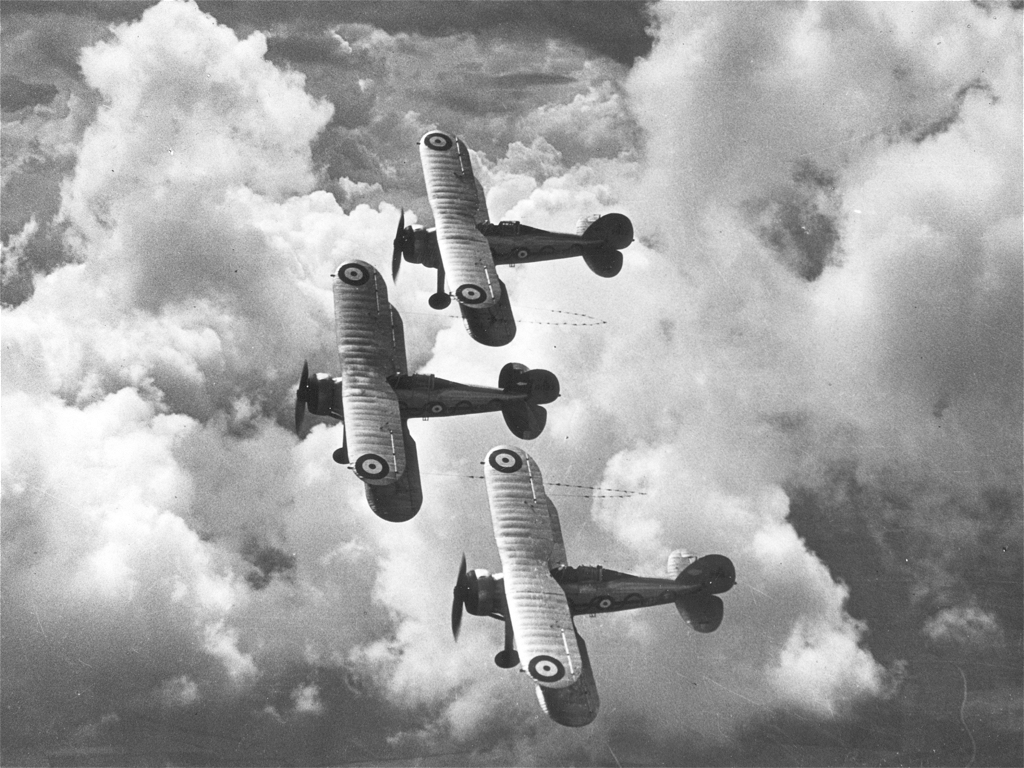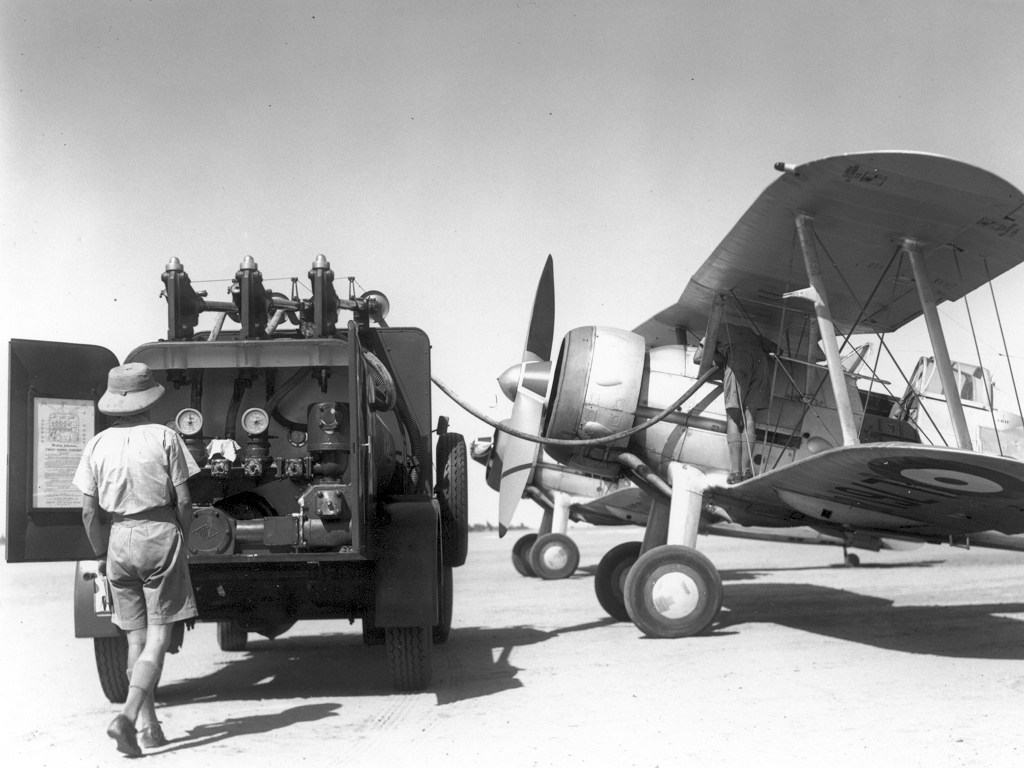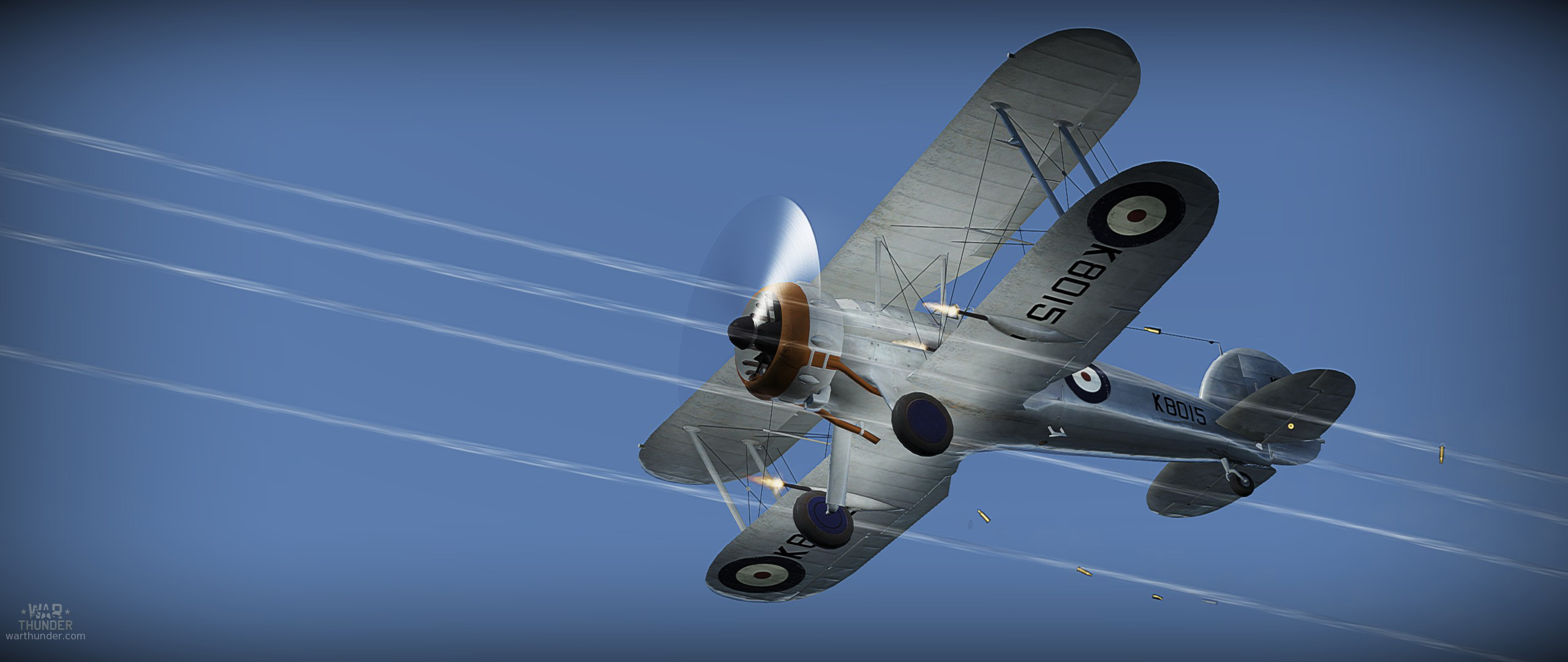
- For PC
- For MAC
- For Linux
- OS: Windows 10 (64 bit)
- Processor: Dual-Core 2.2 GHz
- Memory: 4GB
- Video Card: DirectX 11 level video card: AMD Radeon 77XX / NVIDIA GeForce GTX 660. The minimum supported resolution for the game is 720p.
- Network: Broadband Internet connection
- Hard Drive: 23.1 GB (Minimal client)
- OS: Windows 10/11 (64 bit)
- Processor: Intel Core i5 or Ryzen 5 3600 and better
- Memory: 16 GB and more
- Video Card: DirectX 11 level video card or higher and drivers: Nvidia GeForce 1060 and higher, Radeon RX 570 and higher
- Network: Broadband Internet connection
- Hard Drive: 75.9 GB (Full client)
- OS: Mac OS Big Sur 11.0 or newer
- Processor: Core i5, minimum 2.2GHz (Intel Xeon is not supported)
- Memory: 6 GB
- Video Card: Intel Iris Pro 5200 (Mac), or analog from AMD/Nvidia for Mac. Minimum supported resolution for the game is 720p with Metal support.
- Network: Broadband Internet connection
- Hard Drive: 22.1 GB (Minimal client)
- OS: Mac OS Big Sur 11.0 or newer
- Processor: Core i7 (Intel Xeon is not supported)
- Memory: 8 GB
- Video Card: Radeon Vega II or higher with Metal support.
- Network: Broadband Internet connection
- Hard Drive: 62.2 GB (Full client)
- OS: Most modern 64bit Linux distributions
- Processor: Dual-Core 2.4 GHz
- Memory: 4 GB
- Video Card: NVIDIA 660 with latest proprietary drivers (not older than 6 months) / similar AMD with latest proprietary drivers (not older than 6 months; the minimum supported resolution for the game is 720p) with Vulkan support.
- Network: Broadband Internet connection
- Hard Drive: 22.1 GB (Minimal client)
- OS: Ubuntu 20.04 64bit
- Processor: Intel Core i7
- Memory: 16 GB
- Video Card: NVIDIA 1060 with latest proprietary drivers (not older than 6 months) / similar AMD (Radeon RX 570) with latest proprietary drivers (not older than 6 months) with Vulkan support.
- Network: Broadband Internet connection
- Hard Drive: 62.2 GB (Full client)
Premium Tuck's Gladiator Mk.II available in game for 250 
At a time when the biplane design was reaching its very limits in design capabilities, one biplane fighter shone out in RAF service. Despite being eclipsed by its monoplane brethren even from its very introduction, the Gloster Gladiator played its role in the Second World War superbly, fighting in all major theatres of conflict and operated by many nations.
 |
| RAF Gladiators practice formation flying. |
For a biplane, the Gladiator had many novel and unique features that made it a modern step up from what the RAF had been used to in its fighters: a fully enclosed cockpit, internally sprung landing gear, flaps and a four gun armament configuration of either Lewis, Vickers or Colt Browning machine guns. Its powerplant was a Bristol Mercury radial engine, similar to those found on the Bristol Blenheim. Designed in the mid 1930s as a private venture by Gloster to improve their Gauntlet fighter, the SS.37 first flew in September of 1934 and was presented to the Air Ministry in 1935 for evaluation. By July of that year, it received the name “Gladiator” and was ordered into production for the RAF. The fighter surpassed all designs that the RAF currently had in its inventory; however it was not long after its first flight that its replacements and ultimately it successors were soon arriving. 1935 also saw the first flight of Hawker’s sturdy monoplane fighter, the Hurricane, soon followed in 1936 by the iconic Supermarine Spitfire.
 |
| Gladiators being refueled ready for combat |
Finally introduced in February of 1937, it became a mainstay on frontline squadrons until the arrival of the Hurricane in December and the Spitfire soon after in 1938. When war broke out in 1939 the Gladiator was in the process of being replaced in front line service with RAF Fighter Command; despite this however, it participated in the Battle of Norway with No. 263 Squadron and as the navalised Sea Gladiator with 804 Naval Air Squadron, and was flown by the Belgian Air Force in 1940. Gladiators also took part in the Battle of Britain with No.247 Squadron. Perhaps the most famous use of the Gloster Gladiator in World War 2 was in the defence of Malta: six Sea Gladiators - three of which were named “Faith”, “Hope” and “Charity” - protected Malta from the Regia Aeronautica and held out until Hawker Hurricanes of No.261 Squadron could arrive to assist the struggle. Whilst there were more than 3 Gladiators stored on Malta at the time, it was rare that any more than 3 would be operational at once. Most were consumed for parts and replacements, however the inspiring story of the 3 Gladiators showed that the type still had some fight left in it, despite being outclassed, outgunned and out matched.
Within War Thunder, the Gloster Gladiator Mk II is a Tier 1 biplane fighter and one of the first RAF aircraft you will come across in game. This aircraft is the spearhead of the legendary Spitfire fighter line that will ultimately conclude back with Gloster’s first jet aircraft, the Meteor. Once you have progressed from your Hawker reserve biplanes, the Gladiator should be your first choice for research. This aircraft, whilst still carrying many features from the early reserves will have a much better top speed, offensive armament, operational landing flaps and allows you to learn much more about British fighters before jumping right into a monoplane such as the Hurricane. The Gladiator’s sturdy, reliable yet maneuverable characteristics make it an excellent low tier fighter, which in the right hands can deal with all threats it’s able to meet. Armed with 4 x 7.7mm Browning machine guns with a total of 2000 rounds, you should have no issues with the firepower of this aircraft at its tier. As well as the standard Mk II within the research tree, there is also the Ace pilot “Bob” Stanford Tuck’s Gloster Gladiator Mk II available as a premium aircraft for the British, which is an excellent starting premium fighter to complement a low tier lineup.
Author: Scott “Smin1080p” Maynard
With an upcoming update, we will add the decal used by 3 80 Sqn Escadrille Les Cometes (RAF/BAF/FAP) :
Decal made by Colin 'Fenris' Muir





